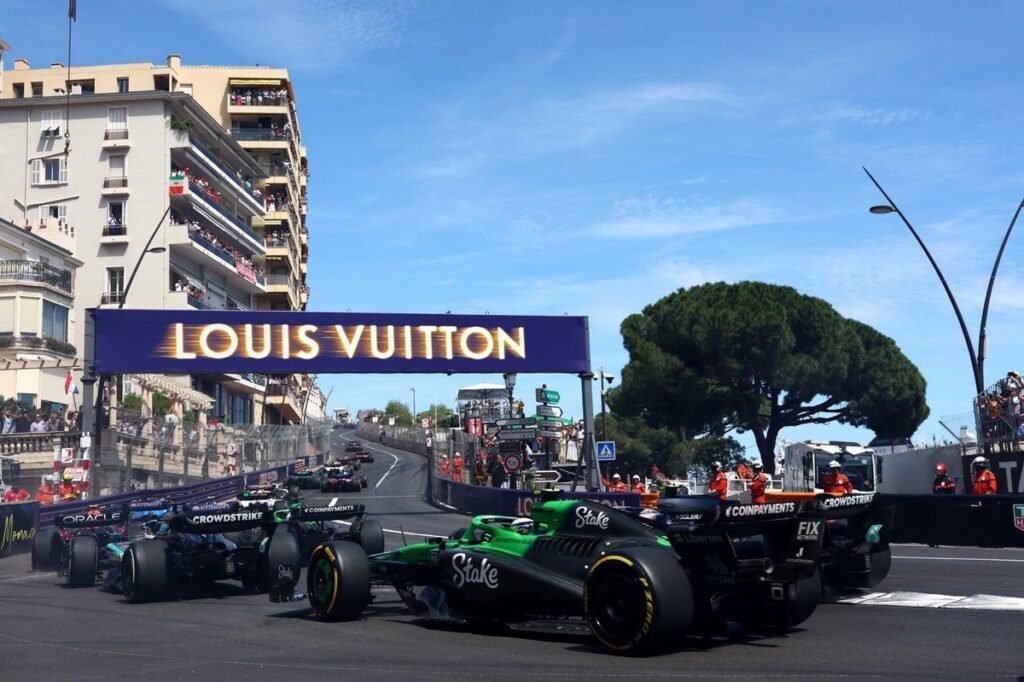Monaco Grand Prix Report: Strategic Shifts Amidst Controversial Tactics
Monaco, 2025 – The Monaco Grand Prix featured significant changes this year as the FIA introduced a new mandatory pitstop rule, requiring drivers to utilize three sets of tires, thus compelling at least two pitstops under normal race conditions. This modification aimed to inject strategic depth into the event, following widespread criticism of last year’s stagnation, which Red Bull’s team principal Christian Horner labeled a “procession.”
Race Overview
The revised regulations did yield a more dynamic race structure with teams adopting various tire strategies that heightened suspense and operational complexity. Notable tactics came from Red Bull and Williams, which successfully executed strategic double points finishes. In contrast, Mercedes failed to capitalize, going home without contributing to their points tally.
Yuki Tsunoda’s early pitstop attempted by Red Bull met limited success, yet it illustrated the team’s willingness to explore options under the new format. George Russell’s illegal maneuver at the Nouvelle Chicane underscored the lack of competitive momentum for Mercedes.
Tactical Controversies
Despite these positive shifts, the race was marred by tactical gameplay that drew ire from several drivers. Alex Albon stated post-race, “I don’t want to be racing like that,” reflecting a growing concern over the manipulative nature of racing strategies. Carlos Sainz added, “We need to find a solution… ultimately you are manipulating the racing.”
Race winner Lando Norris expressed skepticism toward the manufactured nature of race outcomes, while Max Verstappen compared the format to “Mario Kart,” suggesting an absurdity in the current dynamics.
Structural Limitations
The underlying issue transcends tactical regulations: the characteristics of the Monaco circuit hinder overtaking regardless of strategy. Fernando Alonso’s previous defensive maneuvers highlight the inherent challenges posed by Monaco’s constricted layout. Calls for potential modifications to the track were met with skepticism, acknowledging the complexities of urban infrastructure and the significant size of contemporary F1 cars.
Future Considerations
Amidst divergent opinions on regulations, solutions remain elusive. Options such as imposing minimum lap times or layout changes were discussed, but there is consensus that further rules might complicate rather than solve the problem. Christian Horner emphasized the need for a dialogue on circumventing limitations tied to Monaco’s configuration.
With a contract extension securing Monaco’s place in the F1 calendar until 2031, the industry must reconcile with its unique attributes. While the on-track spectacle may falter, the unparalleled challenge of qualifying sessions remains a compelling aspect of the round.
F1 continues to find itself in a balancing act between heritage and modern competitive dynamics. The Monaco Grand Prix exemplifies this struggle, making it both a revered and contentious fixture in the Formula 1 landscape.


